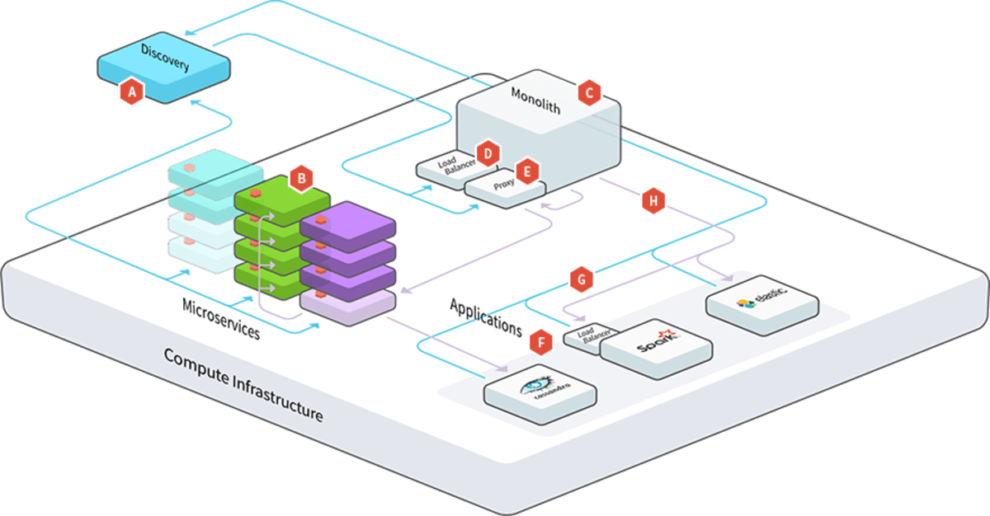In an ever-changing digital landscape, businesses need to adapt and innovate to stay competitive. One concept that has revolutionized IT platform development is microservices. But what are microservices, and how can they benefit your business? This in-depth article will shed light on this transformative approach to software development, exploring its advantages, challenges, and best practices.
Understanding Microservices
A. Define Microservices
What are microservices? Simply put, microservices are an architectural style where applications are built as a collection of small, independent services. Each service focuses on a specific functionality, operates autonomously, and communicates with other services through lightweight mechanisms such as RESTful APIs.
B. Traditional Monoliths vs. Microservices
Traditionally, software applications were built as monolithic structures, where all components were interconnected and interdependent. However, this approach comes with several drawbacks, such as:
1. Difficulty in scaling: Scaling a monolithic application often requires scaling the entire system.
2. Inflexibility: Any changes in the application require modifying the entire codebase, leading to longer development cycles and increased complexity.
3. Single point of failure: A fault in one component can bring down the entire system.
In contrast, microservices offer:
1. Scalability: Individual services can be scaled independently, allowing for greater flexibility and resource optimization.
2. Faster development cycles: Since each service is autonomous, teams can work on them independently, accelerating the development process.
3. Resilience: A fault in one service doesn’t necessarily impact the whole system, making microservices-based applications more resilient.
Implementing Microservices: Key Considerations
A. Design Principles
When adopting microservices, keep the following design principles in mind:
● Single responsibility: Each service should have a single, well-defined purpose.
● Loose coupling: Services should be independent, with minimal dependencies on other services.
● High cohesion: Services should be organized around business capabilities, not technical functions.
B. Communication
Effective communication between services is crucial for a successful microservices architecture. Consider these approaches:
● Synchronous communication: Direct communication between services, such as HTTP/REST or gRPC.
● Asynchronous communication: Indirect communication using message brokers like Kafka or RabbitMQ.
C. Data Management
Data management can be a challenge in microservices architectures, as each service should ideally manage its own data. Adopting patterns like Event Sourcing and Command Query Responsibility Segregation (CQRS) can help address these issues.
The Challenges of Microservices Adoption
While microservices offer numerous benefits, they also come with their own set of challenges:
● Increased complexity: Managing multiple services, communication channels, and data storage can be complex.
● Deployment and monitoring: Deploying, monitoring, and troubleshooting microservices-based applications requires robust infrastructure and tooling.
● Organizational change: Adopting microservices may require changes in team structure and development processes.
Best Practices for a Successful Microservices Implementation
To ensure a successful microservices implementation, consider the following best practices:
● Start small: Begin by breaking down a single monolithic component into a few microservices, then scale up gradually.
● Invest in DevOps: A strong DevOps culture and continuous delivery practices are essential for managing the complexities of microservices.
● Choose the right tools: Employ the right tools and technologies for service discovery, deployment, monitoring, and logging.
Microservices have the potential to revolutionize your IT platform development, offering improved scalability, flexibility, and resilience. By understanding the core concepts, challenges, and best practices, you’ll be well-equipped to harness the power of microservices and drive digital innovation in your organization.
